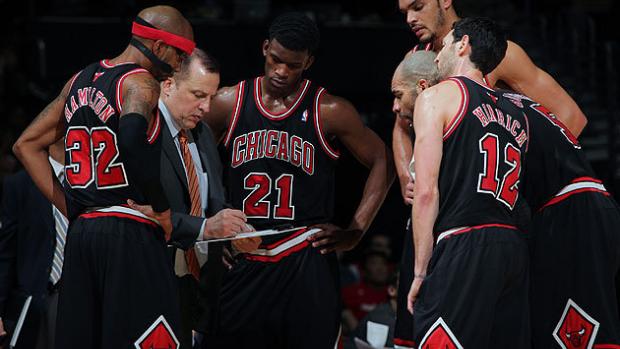Eyes in the sky: Optical tracking data has us asking better questions, but answers remain elusive

- Dan Devine for Yahoo Sports March 4th, 2013
- Source: http://sports.yahoo.com/blogs/nba-ball-dont-lie/eyes-sky-optical-tracking-data-us-asking-better-192934091--nba.html
On Friday afternoon, during the first day of panels at the 2013 MIT Sloan Sports Analytics Conference, NYU-Polytechnic Institute professor Dr. Philip Z. Maymin presented a research paper that looked, in part, at how often individual players speed up and slow down while playing, and where they most often do so. Maymin pored over more than 30,000 half-court set plays captured by STATS' SportVU optical tracking technology (which I've written about before) in the hopes of creating "a suitable dynamic language" that would make it easier to talk about the kinds of things that static Xs and Os on a chalkboard can't really display — the best spots for certain players to begin possessions, the trajectories they should take as they move, how they should time their cuts/screens/drives, etc.
There was some interesting stuff in Maymin's talk — players tend to accelerate or decelerate most rapidly and most often in the paint, at the top of the key and past the elbows; centers tend to exhibit bursts of acceleration more than other positions because they're screening and rolling or popping a lot; Paul Pierce accelerates more often than you'd think for a dude who seems to do everything in slow motion. But it still felt quite a ways away from a usable framework for defining basketball plays that would enable us to really measure half-court execution. When the presentation ended, John Hollinger (formerly of ESPN, now with the Memphis Grizzlies) offered his estimation:





